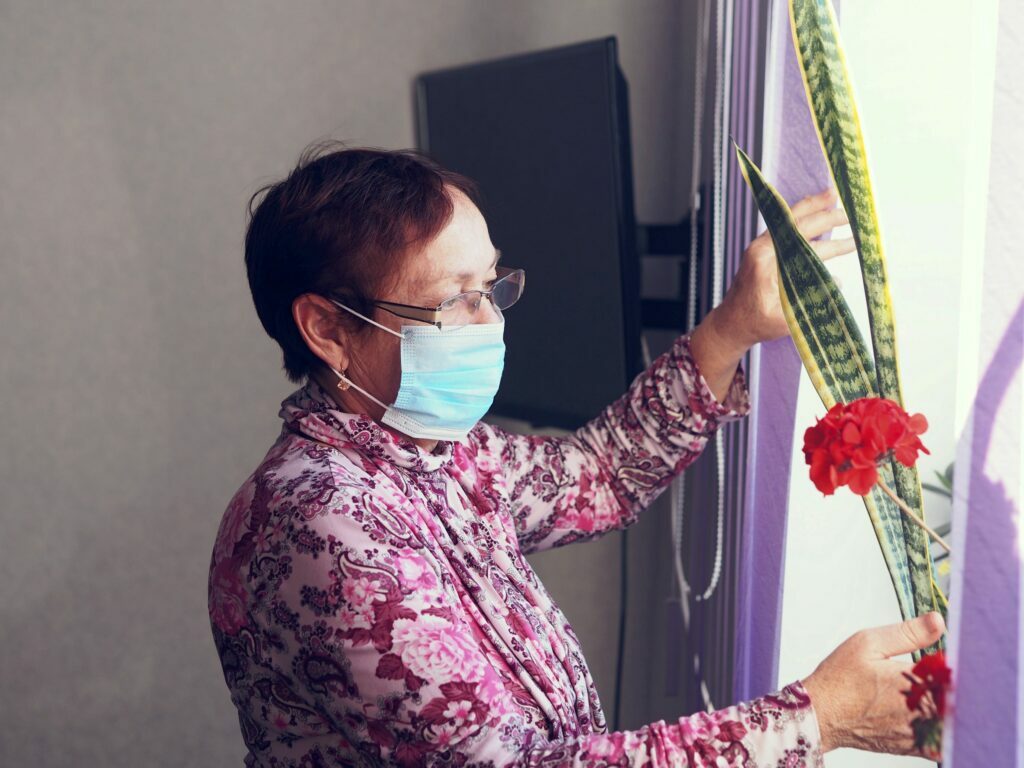During the tumultuous days of the COVID-19 pandemic, there was an extreme lack of beds and resources, making it vital to find space for critically ill patients in the hospitals. To solve this situation, numerous healthcare professionals stepped up and deployed Remote Patient Monitoring (RPM) technologies to treat patients and monitor their health conditions without requiring them to visit the hospital.
Impact of COVID-19 pandemic on health systems
COVID-19 has had a profound impact on practically every aspect of the economy of most countries throughout the world, especially the healthcare sector, which has faced massive hurdles in coping with and responding to the pandemic. The challenges that healthcare facilities around the world have faced are mostly due to the lack of readiness.
In 2020, Covid-19 is estimated to be the third biggest cause of mortality in the United States; the pandemic is expected to result in a 3.3 trillion dollar shortfall of US budget, or roughly 15% of the country’s GDP.
This pandemic has impacted healthcare and frontline workers who are deemed high-risk populations for negative psychological impacts and physical burnouts. This is attributable to several factors, including high risks of COVID-19 exposure, lack of personal protective equipment (PPE), sudden rise in and lengthening of work hours, being a part of critical ethical and emotionally draining decision-making, and anxieties of infecting their loved ones.
Hospitals were required to provide more hospital beds, hire backup workforce, re-train staff, purchase PPE, and solve PPE shortages in order to prepare for a rise of COVID -19 patients. PPEs for healthcare personnel were in insufficient supply in many cases. In one study, only 37.4% of Pakistani healthcare professionals had access to N95 respirators, 34.5 percent to gloves, 13.8 percent to face-shields or goggles, and 12.9 percent to full suits/gowns.
To free up necessary hospital staff and beds, all non-emergent and elective surgeries and procedures were canceled. Due to social distancing policy and patient concerns associated to COVID-19, practically all outpatient appointments were also canceled. There were significant shortages of ICU beds and ventilators in hospitals around the world. Most healthcare facilities lacked the ability to do extensive testing, making it difficult to diagnose and isolate illnesses. Lockdowns worldwide interrupted supply networks, exacerbating the shortages.
Ways Remote Patient Monitoring Helps Patients during COVID-19 Quarantine Period
As the COVID-19 outbreak spreads around the world at an exponential rate, requests for expanded use of telehealth as a creative response reveal unfulfilled requirements in the global healthcare system. Healthcare systems around the world must become more accessible, and future pandemic-like events must be prepared in a way that minimizes the impact on the management of other diseases. There are numerous advantages to employing remote patient monitoring, particularly for non-emergency and regular care and treatments that do not require direct patient-provider engagement. Here are the two primary ways RPM helps patients during the pandemic:
1. Enables remote monitoring of COVID-19 patients
While the most seriously ill COVID-19 patients were admitted to the Intensive Care Unit (ICU), those who did not fit ICU admission requirements were placed on isolation beds for observation. Remote Patient Monitoring can help monitor these patients in individual rooms at the hospitals or even at home.
Since COVID-19 is primarily a cardio-respiratory disease, the three most significant physiological parameters to monitor, ideally on a continuous and real-time basis, are Blood Oxygen Saturation (SpO2), Respiratory Rate (RR), and Heart Rate (HR). RPM devices like pulse oximeter, smartwatch and blood pressure monitor can be used for observations of the full set of vital signs of a COVID-19 patient. This allows healthcare providers to provide timely intervention if needed. In addition, the amount of contact between infected patients and clinical staff is minimized, including the needs to use PPE.
RPM may become a basic necessity for the general public, health care providers, and COVID-19 patients, especially when people are under quarantine, allowing patients to be monitored in their health status and problems in real time through communication with a health care provider.
2. Enables remote monitoring of patients with chronic diseases
Each year, the number of people suffering from chronic diseases increases. Healthcare costs rise in tandem with the population’s age. It is also widely understood that the prevalence of multiple chronic conditions rises rapidly with age, and that per capita health expenditure rises in proportion to the number of chronic conditions.
Remote Patient Monitoring (RPM) helps avoid these problems and improve the healthcare system in the following ways during the COVID-19 pandemic and beyond: (i) preventive: RPM can detect changes in patient’s illness tendency and generate alarms that can be used by caregivers or medical personnel before a critical situation occurs; (ii) proactive: full control of a patient’s health condition is possible at any time and from any location; and (iii) participative: all healthcare ecosystems (patients, family members, and physicians) can participate in care delivery.
Takeaway
Remote Patient Monitoring can assist hospitals during the COVID-19 period, in preparation of the third wave of pandemic if ever, and even during the post-pandemic era. Hospitals and governments must have enough infrastructure in place to make it more efficient. The RPM health data can be studied to seek for patterns that will help patients manage better with the disease. Whether RPM is for patients with COVID-19 or chronic diseases, it can help hospitals manage patient volume while ensuring that each patient receives the care they require.
REFERENCES
- Ahmed J., Malik F., Bin Arif T. Availability of personal protective equipment (PPE) among US and Pakistani doctors in COVID-19 pandemic. 2020;12 doi: 10.7759/cureus.8550.
- Economic impact of COVID-19 pandemic on healthcare facilities and systems: International perspectives. Alan D. Kaye, Chikezie N. Okeagu, Alex D. Pham, Rayce A. Silva, Joshua J. Hurley, Brett L. Arron, Noeen Sarfraz, Hong N. Lee, G.E. Ghali, Jack W. Gamble, Henry Liu, Richard D. Urman, Elyse M. Cornett. Best Pract Res Clin Anaesthesiol. 2021 Oct; 35(3): 293–306.









